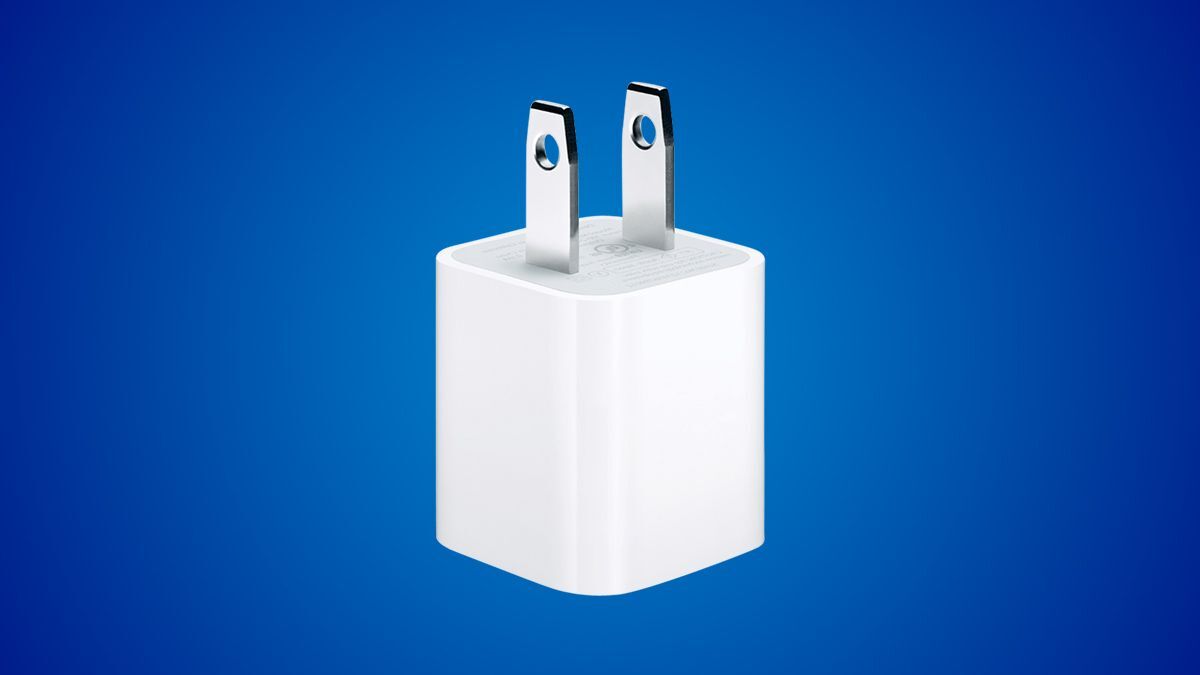
Understanding Charger Specifications
Before exploring the compatibility of old Android chargers, it's important to grasp the basic specifications of chargers. These specifications determine the power output and efficiency of the charger.
- Voltage (V): Electrical pressure driving the flow of current. Standard voltage for most mobile devices is 5 volts.
- Amperage (A): Measures the amount of electric current flowing through the circuit. Higher amperage typically means faster charging.
- Wattage (W): Product of voltage and amperage, representing the rate at which electrical energy is transferred. For example, a 5V/1A charger has a wattage of 5 watts, while a 5V/2A charger has a wattage of 10 watts.
Types of Charging Cables and Connectors
Over the years, various types of charging cables and connectors have emerged, each with its own set of specifications and compatibility issues.
Micro-USB
Historically, Micro-USB was the most common connector for charging Android devices. These chargers were typically rated for 5V and had limited amperage options, usually around 1A or 2A. While generally compatible with most Android devices, they had limitations in terms of charging speed and power output.
USB-C
With the advent of USB-C, charging technology has become more standardized and powerful. USB-C connectors are reversible and support higher power delivery (PD) standards, allowing for faster and more efficient charging. Modern USB-C chargers often support up to 100W of power, making them suitable for charging larger devices like laptops.
Quick Charge and Fast Charging
Quick Charge is a proprietary fast-charging protocol developed by Qualcomm that allows for faster charging speeds. Devices supporting Quick Charge can charge faster when connected to a compatible charger. However, not all chargers support Quick Charge, and not all devices are compatible with it.
Compatibility Issues with Old Android Chargers
When using an old Android charger, several compatibility issues may arise:
-
Voltage Compatibility: Most modern Android devices require a 5V input voltage. However, older chargers might have different voltage outputs, which could be incompatible with newer devices. For example, some older chargers might output 9V or 12V, which could damage the device.
-
Amperage Compatibility: Modern devices often require higher amperage to charge quickly. An old charger with a lower amperage rating (e.g., 1A) might not be able to charge a device as quickly as a newer charger with a higher amperage rating (e.g., 2A or 3A).
-
Wattage Compatibility: The wattage of the charger also plays a crucial role in charging speed. A charger with a lower wattage (e.g., 5W) will charge a device slower than one with a higher wattage (e.g., 18W or 30W).
-
Charging Protocols: Different devices support different charging protocols such as Quick Charge, VOOC, or USB PD. An old charger might not support these newer protocols, limiting its compatibility with modern devices.
Using an Old Charger with a Modern Device
While it's generally safe to use an old charger with a modern device, the results may vary:
-
Charging Speed: The charging speed will likely be slower than using a compatible, high-power charger. This is because the old charger may not be able to deliver the necessary power to charge the device quickly.
-
Device Safety: Using an incompatible charger can potentially damage the device. For example, if an old charger outputs too high a voltage or too low an amperage, it could cause the device's battery to overcharge or undercharge, leading to potential damage.
-
Device Compatibility: Some devices may not recognize an old charger or may not be able to communicate effectively with it. This could result in the device not charging at all or charging very slowly.
Best Practices for Using Old Chargers
If you still want to use an old Android charger with your modern device, here are some best practices:
-
Check the Specifications: Always check the specifications of both the old charger and the modern device to ensure they are compatible in terms of voltage, amperage, and wattage.
-
Look for Backward Compatibility: Some modern chargers are designed to be backward compatible with older devices. Look for chargers that support multiple voltage and amperage settings to ensure compatibility.
-
Use a Power Delivery (PD) Charger: If you're using an old charger with a USB-C port, look for a Power Delivery (PD) charger. These chargers can deliver up to 100W of power and are more likely to be compatible with modern devices.
-
Avoid Overcharging: Always monitor the charging process to avoid overcharging the device. Overcharging can cause damage to the battery over time.
Understanding charger specifications and compatibility is essential for ensuring safe and efficient charging of your Android device. Whether using an old charger or a new one, always prioritize compatibility to get the best results from your device.
